Striped Wool Pull Shirt,
Vestiarie Collective
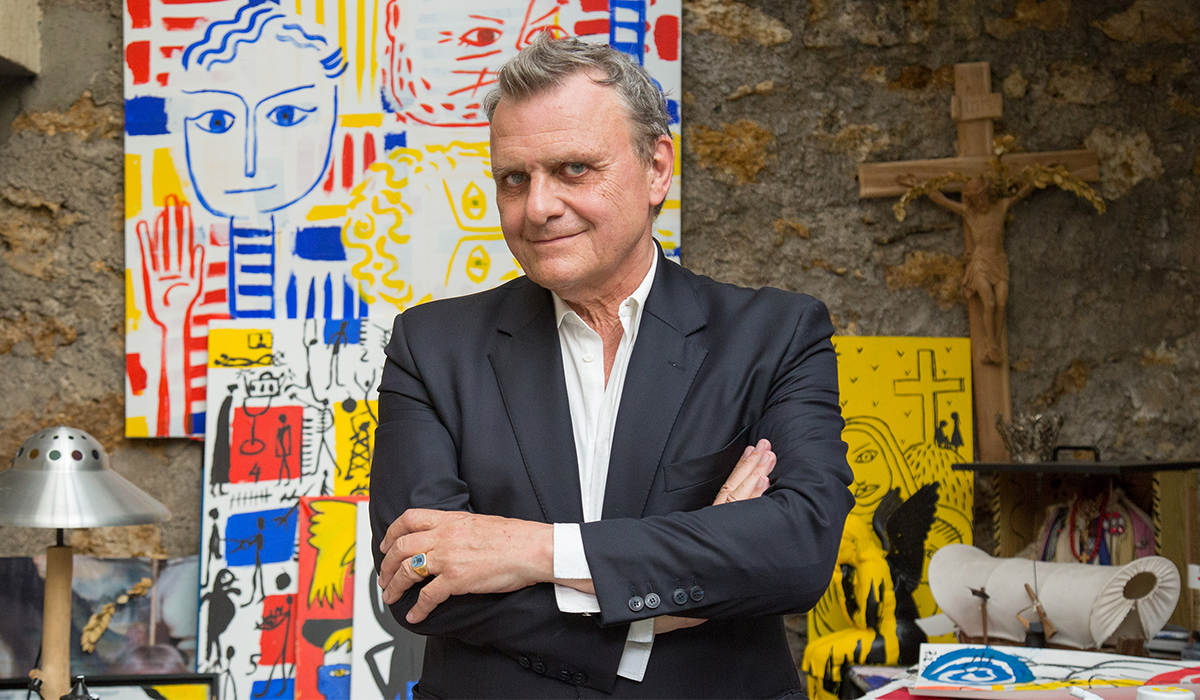
Artist & Fashion Designer
There are clues that indicate the way to Jean-Charles de Castelbajac’s, or JCDC – “The best title Americans gave me” he says – house and studio. Faded angels on the neighbour’s door and pieces of chalk on the floor poetically leading the way to a house that resembles a giant playroom.
We enter the poppy and colourful world of the artist and it’s like an open door into his soul. The subversive French fashion designer, born into one of the oldest aristocratic families in France, established his eponymous label in 1978. Jean-Charles is well known for having made a coat out of teddy bears, wedding dresses out of camouflage and drawing his ‘Angels’ around Paris. His brand now extends beyond fashion, with his creative studio, into everything from jeans and watches, to home furnishing and porcelain. He inspired a generation of designers and artists with his distinctive block colours and his daring pop looks. A giant gold chain with the CNN logo hangs on one of the walls, drawings and poems drying on the table next to a Lego hat from his 2009 collection. Books, toys: each object seems to be telling a story.
“One of the first photographs I bought was from Raoul Haussmann, the famous Dada artist.” He explains, “I was always obsessed with collecting. I remember this Italian designer from New York who used to call my fashion collection “The Collezione di Collezioniste” – the collection of the collector. Since I started working, I wanted to collaborate with artists. Roland Topor did one of my first invitations. It was a very traditional environment at the time and people used to throw the invitation, drawn by Keith Haring, in the trash. People didn’t really get it at the beginning. But I always wanted to gather people and work with those whose art inspired me. Robert Malaval, Pierre et Gilles, Cindy Sherman, Robert Mapplethorpe, to name a few, are all artists that created my invitations.
I look up to the 16th century author called Baldassare Castiglione, who was advising to value generosity and the talent of others. And I continued all throughout my life to search and connect: Michel Gondry, Xavier Veilhan…I asked Oliviero Toscani to shoot my first campaign for Iceberg and Bettina Rheims. In the music now, I am very interested in the work of the Pan European Label: Koudlam, Flavien Berger, Nicolas Ker and Buvette for example.”
Semaine: How would you find out about new artists?
JCDC: It’s my life. Before Facebook and Instagram, I loved Myspace. I have always loved this idea of genealogy, of lineage, of filiation. I am passionate about people and it became my life. I have always wanted to support and follow other people’s work.
Semaine: Did you always know you wanted to work in the fashion industry?
JCDC: I never chose fashion, fashion kidnapped me. I mean there was a link with my grandparents. My grandfather was a textile engineer in Roubaix and had to sell the industry to Marcel Boussac (who later financed Christian Dior’s new Paris fashion house) and my mother used to design small collections. So I guess there was something in my genes. But I always wanted to be a hero. One of my ancestors fought against Casanova three times and another one fought next to Richard the Lionheart. They were extraordinary people and always a bit off the wall, like Gascons know how to be. I was in an English military boarding school from the age of 5 until 17. I was allowed to go out twice a year and I was dreaming of becoming a Marine Commando.
Semaine: In 1967, in Limoges where you lived with your mother, you designed your first jacket – from one of the blankets of the boarding school – which was then worn by John Lennon and exposed at the V&A in 2006, was this when it all started?
JCDC: Boarding school years were long and I used my imagination as a therapy. I drew very complex battle fields scenes, I built cages to capture beetles, I used little bits and bobs. I loved to tell stories…One day, my dad came to pick me up to go hunting. It was raining a lot and there was a lot of fog. It was very eerie. I remember the particular smell of rain on tweed jackets. We were waiting in front of the door for a friend of my fathers. Suddenly, the door opened and appeared this extraordinary character. He looked like a bird, like a heron. There was something about the length of his calfs over his knickerbockers. His open gun hanging on his forearm. A cape placed on his shoulders. A little tyrolian hat on his head. He was wearing two bright pink rubber gloves. We must have interrupted him doing to the dishes. He was magnificent.
That day, I said: ‘Daddy, I want to be English’. I must have been 12 or 13 years old. And since then I have always revered incongruous style, I like accidents, ruptures, incomplete people. People who play the guitar with violin bows. I like the stories of Beautiful Losers: better a magnificent failure rather than being a little success. I think that’s when it all started.”
Semaine: Your world is very childlike and playful.
JCDC: I have always used humour. It’s the most beautiful weapon. But sometimes the stories are deeper than that. When I created the Teddy Bear coat that the princess of Thurn and Taxis was wearing in the 80’s (later gifted to Madonna by Jean-Michel Basquiat and 20 years later inspired the Kermit plush Toy Coat worn by Lady Gaga) everybody thought it was cute. But actually I had got the inspiration at an exorcist house in the Limousin. The priest pretended he could get the evil out by opening up teddy bears. (He laughs.) I did my first collection in 1971 and in 81 I started to use prints. I always liked coats of arms and flags. I liked cartoons too. Cartoons as contemporary coats of arms. My career struggled a little bit in the 90’s because of minimalism and I didn’t want to lie. My 8,000-piece archive tell a story. Art is my therapy and I put a lot of importance in the narrative. hence this obsession with creating those bridges between artistic movements.
Semaine: In this 1971 archive you also discuss the idea of fashion having to be accessible.
JCDC: Yes, since the beginning I wanted my creations to be accessible. It’s the only point of fashion. It brings life and it’s something that you need to share. Otherwise there is no point. I wanted my creations to be inclusive. And I wanted to dress all sorts of people. I had a strong link with the rappers world through my Iceberg jumpers. Jay-Z, Kanye, LL Cool J appropriated my clothes and made them sort of warrior clothes. Also with the rappers of Kinshasa. I met all of them recently in Paris, at an exhibition on the “Sapeurs”. They gave me the title of “Man of Colours”. That’s a really beautiful title. I was also the first designer to dress the pope in 1997 – who is now a saint.(He smiles.) It was an incredible experience to dress Jean-Paul II and 5,500 clerics.”
Semaine: You made him wear a rainbow outfit!
JCDC: I remember the pope telling me: ‘There is no copyright on the rainbow’. Colours are my life. I was born in Casablanca where everything is white and when I arrived in Normandie, everything was grey. A bit like in the Scooby Doo movies so I chose the rainbow as a reference. I would only use primary colours. There has never been Pastel-Bajac.
Semaine: Are you worried about the world today?
JCDC: What worries me nowadays is that famous people don’t have a voice anymore. They are famous and they could have the tools to trigger and spread ideas. I spend my life choosing my brothers, positive people. Malcolm (the punk legend) was like a brother to me for example’. He was my mentor and definitely gave me my political conscience. He taught me that fashion can be a medium of power and always has a social consequence..
Semaine: And the world of fashion?
JCDC: I feel it’s very important not to only be in the process of creativity but also to create a manifesto. There needs to be a political conscience and to inhabit your creations. It can’t be just business. Everything is so marketed nowadays. It’s the climax of the branding and the absurd. It’s another world. You have to ask the approbation of 7 to 8 people before any decision is taken. I think fashion should be more of a dictatorship than a democracy. There needs to a strong personality and it shouldn’t be under the yoke of business. But there are a few people, like Jacquemus that are a breath of fresh air.
Semaine: Can you tell us about those angels that you have drawn around Paris and London?
JCDC: My angels live everywhere. I post them on social media, from one wall to another wall. People tag me on them and I feel like they travel. I like this idea of propagation of my angels. Art is everywhere. I have been working now on a series of EMOJI’s in Asia. I love it.
Semaine: Can you tell us about the drawing you did after the recent Nice attacks “It’s time to be Nice” that became viral?
JCDC: This bombing really resonated with me, it crushed my innocence. Nice is where my grandmother used to live. I remember when I was six and a half. I used to attach her dog Scarlett to my hand. She was programmed to make me cross the street and take me to the ‘Promenade des Anglais’. The dog would bark at people sitting on benches and she would go on and chase them. I would then sit and read my comic book. ‘La baie des anges’ holds so many personal memories. I wanted to draw something in honour of those lost souls but didn’t want to add to the drama. All those drawings generally have tears and blood. I wanted to draw something hopeful, something healing. I guess that what I think my role should be as a creator: to heal.
Semaine: Are you Nostalgic?
JCDC: I am not nostalgic. I am not jealous, I am not bitter, those are things that make you catch the cancer of the soul. I am very stubborn in my will for happiness. I always want to challenge myself and take risks. It’s important to put yourself in danger. I wanted to feel like a hero doing 180 km/h on my Harley Davidson. “Too fast to live, too young to die”. Now I want to change the world. I am not ashamed to say it, I would like to change the world. or at least be part of the team that will.
“He has inspired me, but more in terms of his attitude than aesthetic,” explained Giles Deacon, who worked for De Castelbajac for two years to the Guardian. “For more than three decades he has stuck to his maverick vision – a feat in the face of what at times feels like the global homogenisation of style. He has energy, intelligence and a complex naivete.”
And we couldn’t have put it better ourselves. The afternoon finished wearing some of his creations, waving a flag as he was playing the guitar in his garden.
In a world where reading the news seriously challenges one’s sanity, meeting someone like JCDC, or “the chaman” as his grand child likes to call him, is something close to a miracle.
His joy, generosity and consistency is extraordinary and we wish we could live forever in this colourful dream. Something of a midsummer night’s dream.
Wander through France’s hidden corners and timeless charm, picked by JCDC.
Take advice from someone that could recite 100 poems by heart and tell you the story of the XIV century knight du Guesclin for hours.
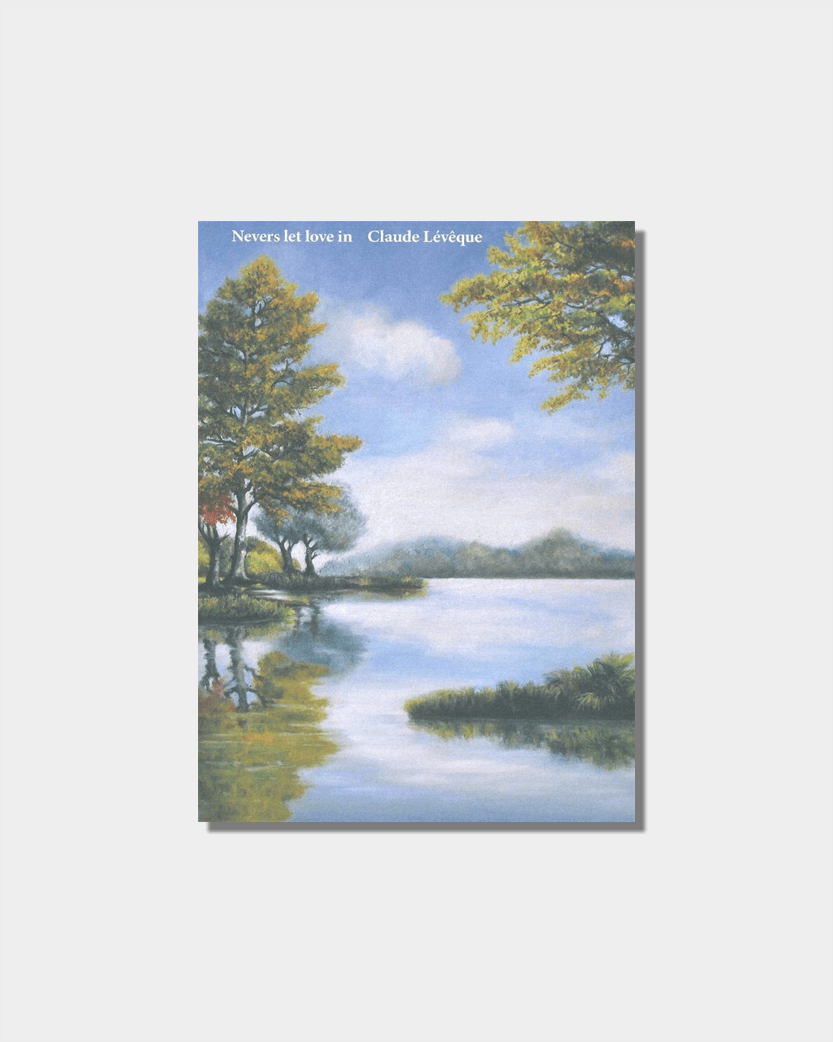
£7.00
a poetic and emotional reflection on the internal conflict between the desire for love and the fear of vulnerability. With raw honesty, it captures the quiet pain of self-protection and the longing for connection.
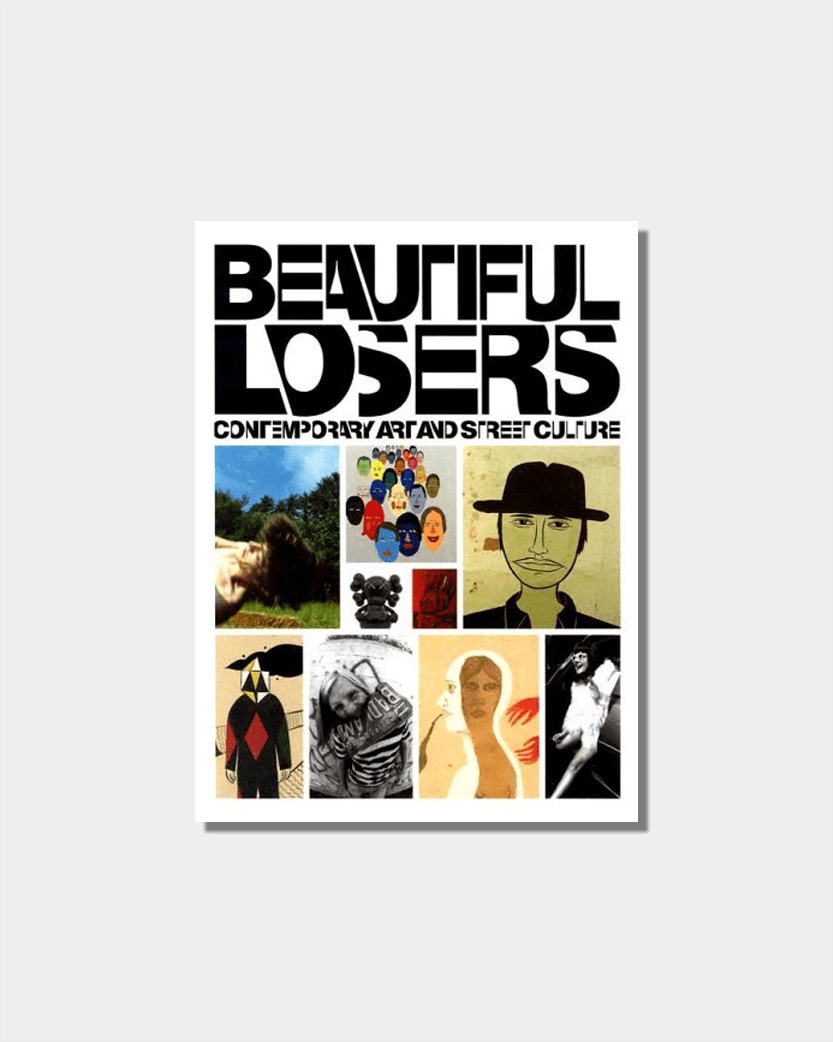
£35.00
Beautiful Losers explores how a group of 1990s artists fused skate, punk, and street culture into a raw, authentic new art movement.
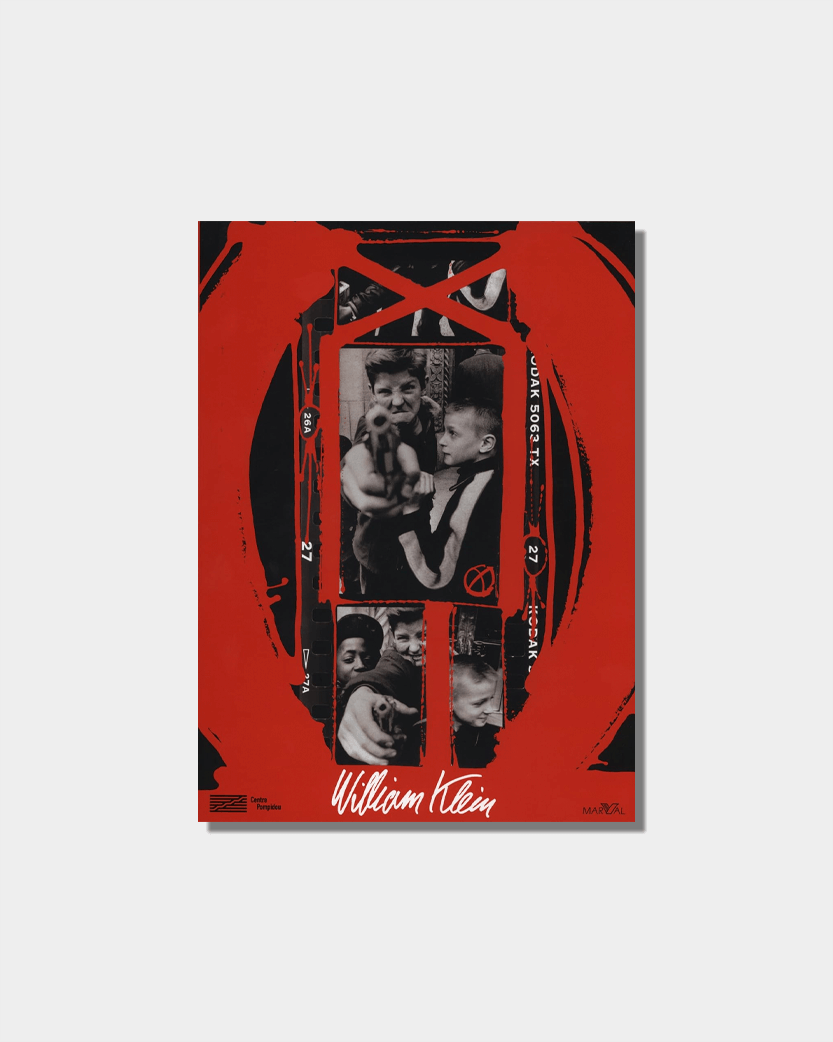
£57.00
A bold survey of his groundbreaking work across photography, fashion, and film, capturing the energy and chaos of urban life. It reflects his radical vision and enduring influence on visual culture.
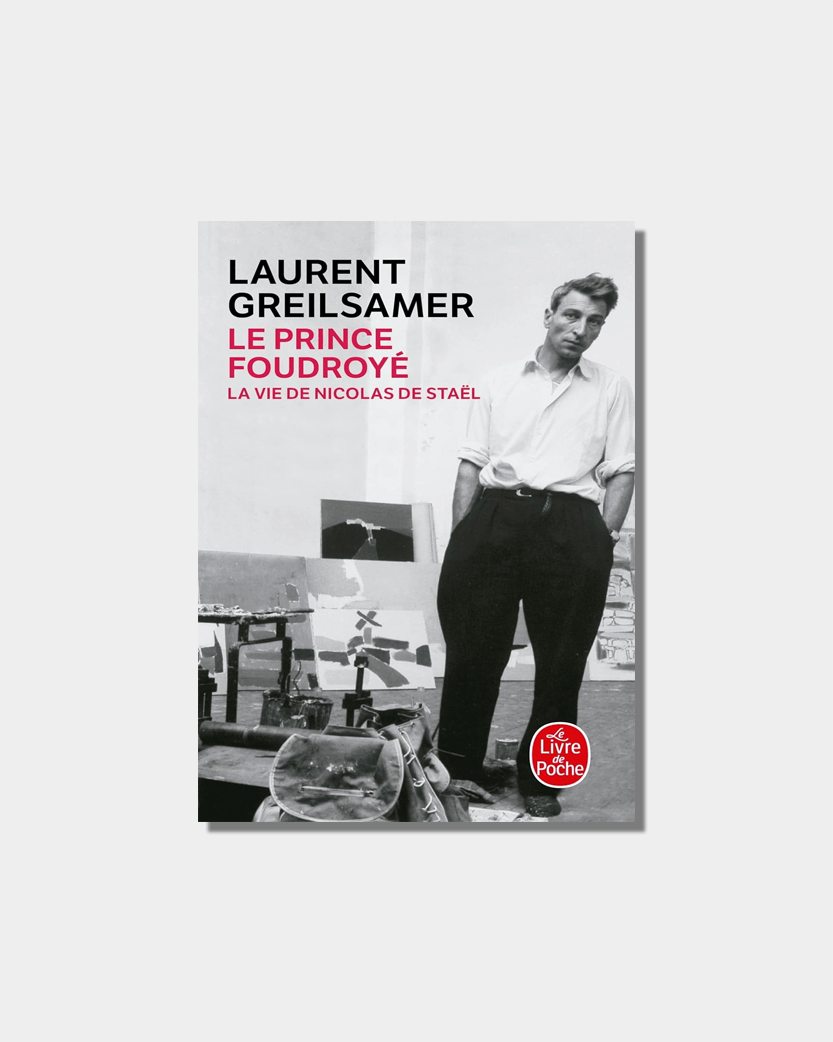
£11.95
Le Prince Foudroyé traces the brief, dazzling life of Jean of France, a romantic and tragic prince lost too soon. Through this intimate portrait, the book explores the weight of destiny and the beauty of an unfinished life.
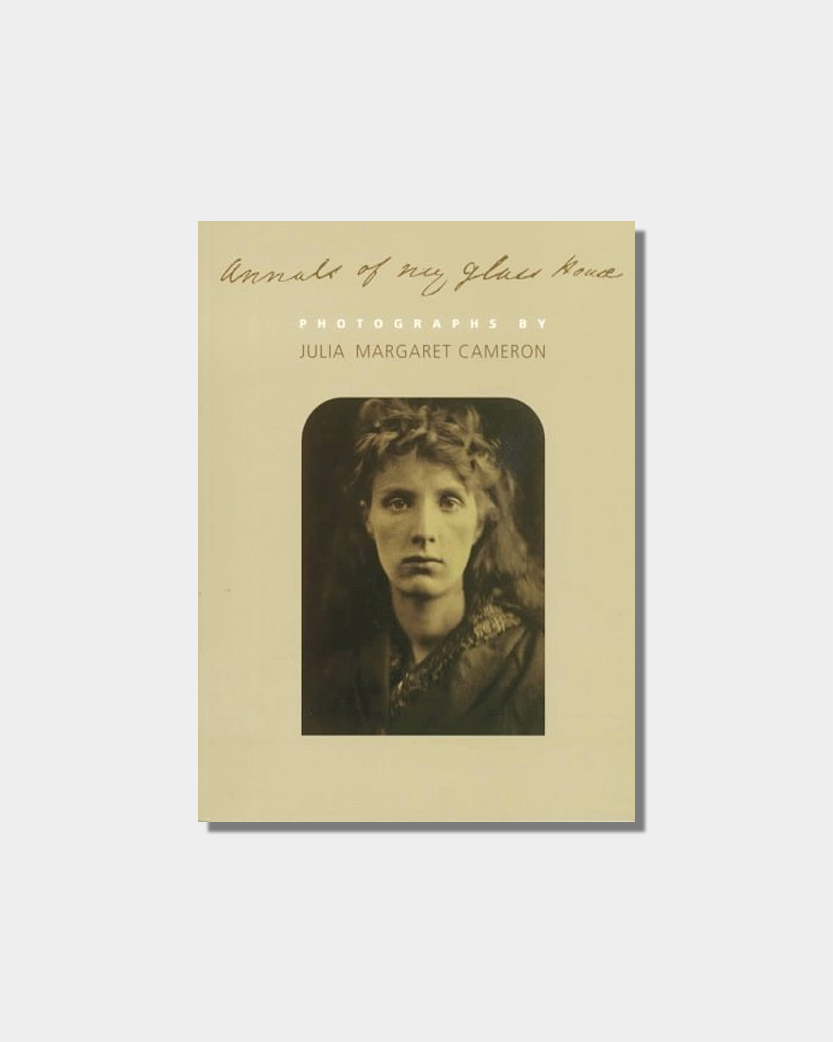
£ 75.00
A poetic visual diary by photographer Julia Margaret Cameron, reflecting her experimental approach and deep emotional connection to her subjects. The book offers a rare glimpse into the inner world of one of photography’s early pioneers.
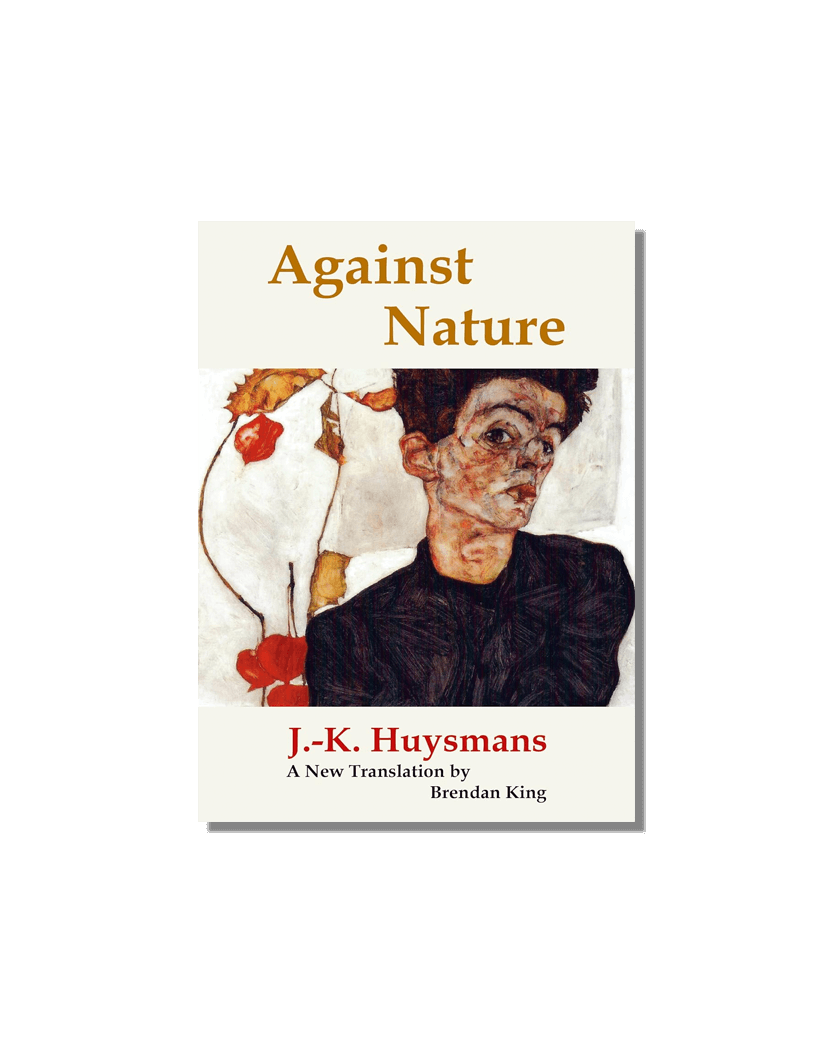
£15.90
À Rebours is a decadent novel by Joris-Karl Huysmans that follows the eccentric and reclusive aristocrat Des Esseintes as he retreats from society into a world of art, literature, and sensory experiments. It’s a cornerstone of Symbolist literature and a manifesto of aestheticism and isolation.

Become a member today to enjoy all our Tastemakers address recommendations on our interactive travel guide world map!
SUBSCRIBE NOWWhen and here were you happiest?
JCDC:
Maybe in the Bays of the Angels in Nice. I cherish those memories with my grandmother there. But I don’t think of happiness in a fragmental manner. I was really happy painting with my grand son this afternoon and I am really happy now.
What is your greatest fear?
JCDC:
The incomprehensible scares me. And nowadays, I am more afraid for my children and grand children. Humanity is scary. This obscurantism, this world that not even science fiction could have predicted.
What is the trait you most deplore in others?
JCDC:
Self-importance. It’s just a big empty space.
Which living person do you most admire?
JCDC:
My grand son.
Who is your hero of fiction?
JCDC:
The seventh Samurai in the Kurosawa movie.
What is the quality you most like in a woman? In a man?
JCDC:
Mansuetude, the generosity of the kings. For men, tenacity, someone who does not derogate.
What do you consider your greatest achievement?
JCDC:
I am not there yet. I have done half of the job.
Which historical figure do you identify with most?
JCDC:
Miyamoto Muschasashi, a Samurai from the XVI century who was a real punk.
What is your motto?
JCDC:
Un passé spiritueux un futur spirituel
Dream dinner guests?
JCDC:
All the people that I have loved and that have passed. Malcolm, Keith, Jean-Michel, my father, my mother. It would be a bit melancholic but I already have them around me everyday.
Any advice for a young artist today ?
JCDC:
To send me a text message.
